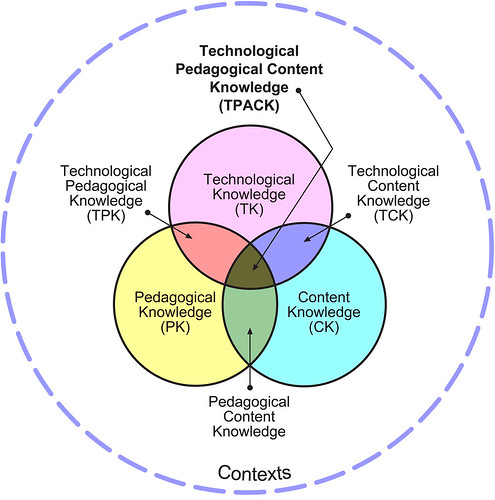The previous night, we had visited the town brewery called Gruut, and had a quick tour of some of the sections of the city centre I hadn't yet visited - some wonderful historic squares and buildings. The brewery tour included several beers, and that was followed by a trip to the Pakhuis restaurant, which was one of the most spectacular places I'd ever eaten.
There was another full day meeting, where we discussed some of the areas that Alex was going to develop. We were shown some options for tools and web solutions and discussed more of the final format of the materials.
The plan is to develop a training course ultimately, so I was interested in what that might include and started to think of some examples of possible contexts for those materials.
There are plenty of situations where an understanding of statistics is of value beyond that of the curriculum, and there is an interesting balance to be struck.
After a pizza lunch, it was back to a final session where we allocated some 'jobs to be done', and also thanked Luc and the University of Gent for their excellent hosting.
The next meeting is going to be at the EuroGeo conference in Bruges - of which more to come in a later post. This will also provide an opportunity to experience the conference (and the city) and I am also going to be involved in leading some sort of workshop.
We were also tasked with finding out more about the place of statistical thinking within our respective national curricula... More on that to come later...










